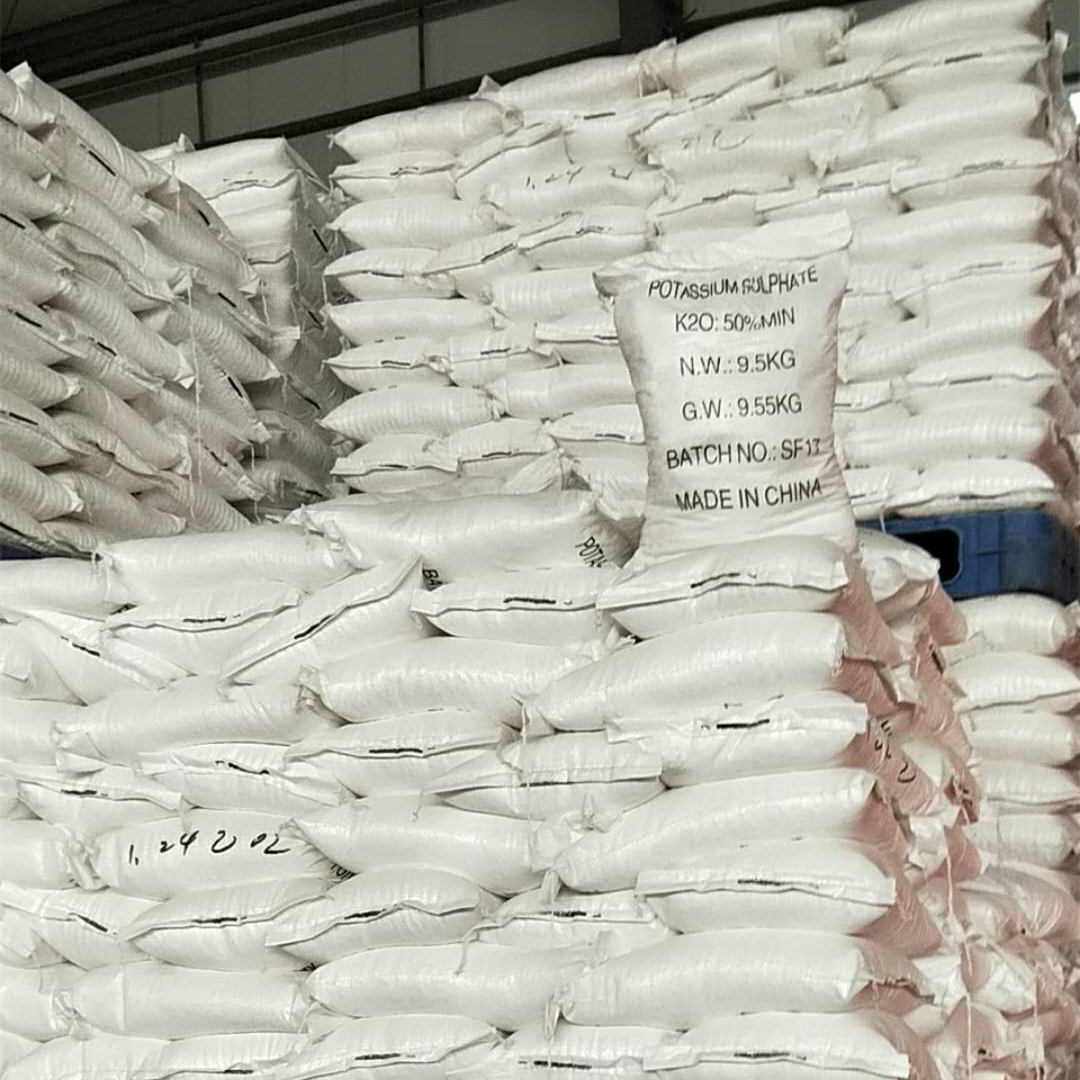
Nov . 12, 2024 07:00 Back to list
organic slow release nitrogen fertilizer
Organic Slow-Release Nitrogen Fertilizers A Sustainable Approach to Plant Nutrition
In the ever-evolving world of agriculture, sustainability has become a paramount concern. As farmers and gardeners seek ways to foster healthy plant growth while preserving the environment, organic slow-release nitrogen fertilizers have emerged as a popular solution. These fertilizers not only provide essential nutrients but also support soil health and reduce the risk of environmental pollution.
Understanding Nitrogen's Role in Plant Growth
Nitrogen is a critical nutrient that plants require for various physiological processes. It is a vital component of amino acids, which form proteins crucial for growth, and it also plays an essential role in photosynthesis as part of chlorophyll. In essence, nitrogen is the backbone of healthy, green plant life. However, managing nitrogen in the soil can be challenging. Traditional nitrogen fertilizers, while effective, often lead to rapid nutrient leaching and potential toxic runoff into local waterways, causing environmental harm such as algal blooms and water quality degradation.
The Advantage of Slow-Release Formulas
Organic slow-release nitrogen fertilizers are designed to provide a steady supply of nitrogen over an extended period, rather than a quick burst. This slow-release mechanism is beneficial in several ways
1. Sustained Nutrient Availability With slow-release fertilizers, nitrogen is gradually made available to plants, matching their growth rates. This helps prevent nutrient deficiencies and supports vigorous growth without overwhelming the plants.
2. Reduced Leaching and Runoff Because these fertilizers release nitrogen slowly, the risk of nutrients washing away during rainfall or irrigation is significantly lowered. This leads to less risk of water contamination and ensures that more of the applied nitrogen is utilized by plants.
3. Enhanced Soil Health Organic slow-release fertilizers often contain additional organic matter, which can improve soil structure, promote microbial activity, and increase nutrient-holding capacity. A healthy soil ecosystem is vital for sustainable agriculture, making it easier for plants to access nutrients over time.
4. Minimized Environmental Impact By using organic sources, slow-release fertilizers help to maintain a balance in the ecosystem. They reduce reliance on synthetic fertilizers and their associated risks, such as soil acidification and harmful impacts on beneficial microorganisms.
Common Sources of Organic Slow-Release Nitrogen
Several organic materials can be utilized to create slow-release nitrogen fertilizers. Some common sources include
organic slow release nitrogen fertilizer

- Bone Meal A by-product of the meat industry, bone meal is high in phosphorus and offers a moderate amount of nitrogen, releasing nutrients slowly. - Blood Meal This is a concentrated source of nitrogen derived from animal blood. While it releases nitrogen relatively quickly, when mixed with other organic materials, it can uniformly distribute nutrients over a longer period.
- Alfalfa Meal This leguminous plant not only adds nitrogen but also provides a host of micronutrients, promoting overall plant health.
- Composted Manure Well-processed animal manure is a popular organic fertilizer choice. Its slow-release nature aids in providing a balanced supply of nitrogen, phosphorus, and potassium over time.
- Fish Emulsion Derived from fish processing, this organic fertilizer provides a broad spectrum of nutrients, including a good amount of nitrogen, and is often used in home gardens.
Application Strategies for Maximum Effectiveness
To maximize the benefits of organic slow-release nitrogen fertilizers, it is essential to apply them properly
- Timing Apply fertilizers at the beginning of the growing season, aligning with the plants’ nutrient uptake rates to ensure they can absorb nitrogen when they need it most.
- Soil Testing Conducting soil tests helps determine specific nutrient requirements, allowing for targeted applications that can supplement any deficiencies without overloading the soil.
- Incorporation into Soil Mixing fertilizers into the topsoil can speed up the breakdown process, allowing for quicker nutrient availability while still maintaining a slow-release advantage.
Conclusion
Organic slow-release nitrogen fertilizers represent a promising pathway toward sustainable agriculture. They offer a balanced approach to nutrient management, supporting healthy plant growth while minimizing environmental risks associated with traditional fertilizers. By prioritizing organic options that work symbiotically with soil ecosystems, farmers and gardeners can foster a greener future, ensuring that our agricultural practices both nourish our plants and protect the planet.
-
10 10 10 Fertilizer Organic—Balanced NPK for All Plants
NewsJul.30,2025
-
Premium 10 10 10 Fertilizer Organic for Balanced Plant Growth
NewsJul.29,2025
-
Premium 10 10 10 Fertilizer Organic for Balanced Plant Growth
NewsJul.29,2025
-
Premium 10 10 10 Fertilizer Organic for Balanced Plant Growth
NewsJul.29,2025
-
50 Pound Bags of 13-13-13 Fertilizer for All Plants – Bulk & Organic Options
NewsJul.28,2025
-
High-Efficiency 15-30-15 Granular Fertilizer for Healthy Crops
NewsJul.28,2025
